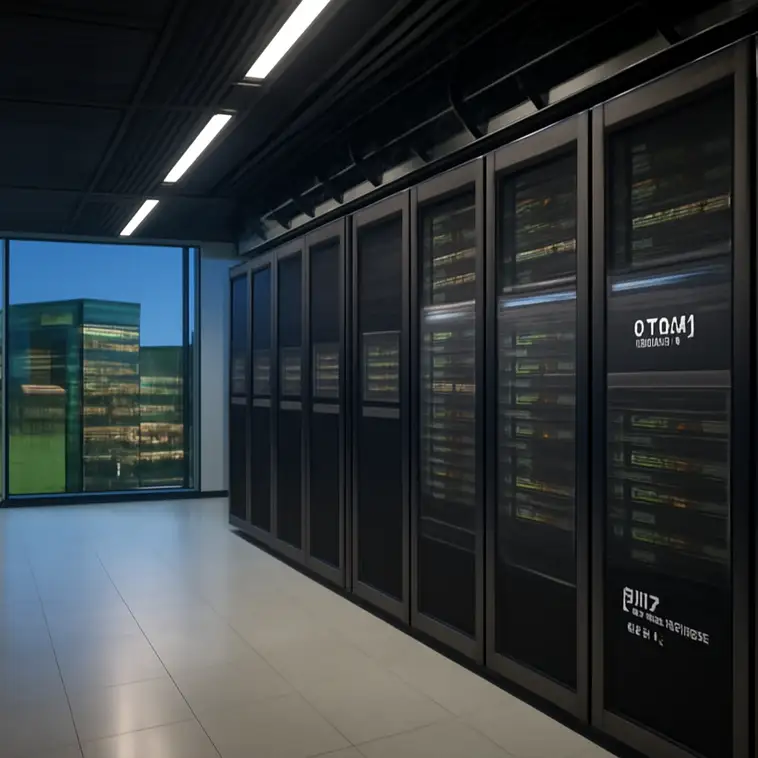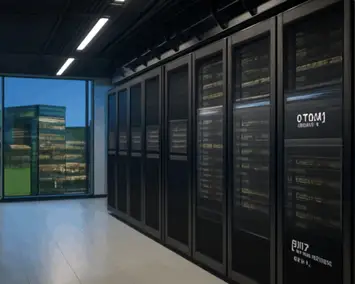Anthropic, an AI research company, has introduced a new targeted transparency framework to regulate frontier AI models. These are large-scale systems with significant potential impact and risk, such as advanced generative models, which have raised concerns about their potential for societal harm. This framework aims to distinguish and apply greater regulatory obligations to models that surpass specific thresholds of computational resources, evaluation performance, research and development expenditures, and annual revenues. By focusing on transparency requirements solely on the largest developers, the initiative seeks to protect innovation within smaller startups and individual researchers from being unduly burdened by compliance requirements.
The framework is meticulously structured around four core tenets: the scope of its application, pre-deployment requirements, transparency obligations, and enforcement mechanisms. The scope is limited to organizations that develop AI models meeting certain advanced criteria, explicitly excluding small developers and startups by setting financial thresholds. Pre-deployment requirements necessitate the implementation of a Secure Development Framework (SDF), wherein developers assess risks—ranging from potentially catastrophic scenarios involving chemical or radiological threats to actions that diverge from developer intentions—and prepare mitigation strategies. Transparency mandates require the publication of SDFs and the documentation of models’ testing and evaluation in publicly accessible formats, albeit with allowances for redacted proprietary information. Enforcement mechanisms include checks against false reporting, the imposition of civil penalties for breaches, and allowing a 30-day period for rectifying compliance failures.
Stakeholders, including large tech companies developing these frontier models, would face significant accountability pressures, likely influencing the strategic direction of AI deployment and innovation. By providing regulators with a consistent basis for evaluating high-risk AI systems, the framework could set benchmarks for global regulatory policies. Smaller AI entities, researchers, and developers benefit by avoiding costly compliance obligations, thus preserving innovation.
Anthropic’s framework marks a significant regulatory stride, indicating a sober progression towards addressing AI’s broader societal impacts without stifling technological advancement. As policy responses to AI’s rapid evolution continue to unfold worldwide, the framework could inform future deliberations and adaptations. The dynamic and evolving nature of the framework suggests an adaptive regulatory stance, potentially guiding lawmakers and tech firms in mitigating AI risks effectively. The continuing dialogue between regulators and AI developers will likely refine these strategies to accommodate the fast-paced evolution of AI technologies.









